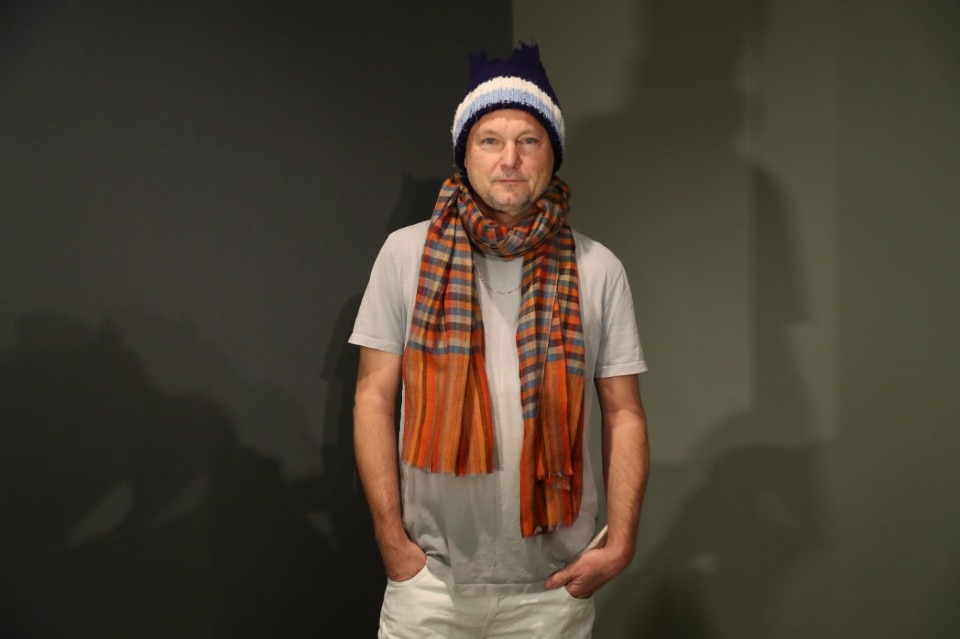Irreverent, unpredictable, provocative.
Since the late 1980s, Juergen Teller has revolutionized fashion photography by putting imperfection in front of the camera for the first time. Marc Jacobs, Céline, Yves Saint Laurent, and Vivienne Westwood: these are just a few of the campaigns realized by the German photographer, who has straddled the line between art and advertising, radicalism and pop culture, to become one of the key figures of his generation.
“London calling, see we ain’t got no swing”
Juergen Teller was born in Erlangen on January 28, 1964. Initially, he attempted to continue his family trade by specializing in violin bridge construction until he developed a rare allergy to wood, which forced him to abandon his apprenticeship. In 1984, he enrolled at the Bayerische Staatslehranstalt für Photographie in Munich. After his graduation, he left Germany to avoid national military service and headed to London: “I didn’t speak any English. All I knew about fashion came from looking at what the different bands were wearing”.
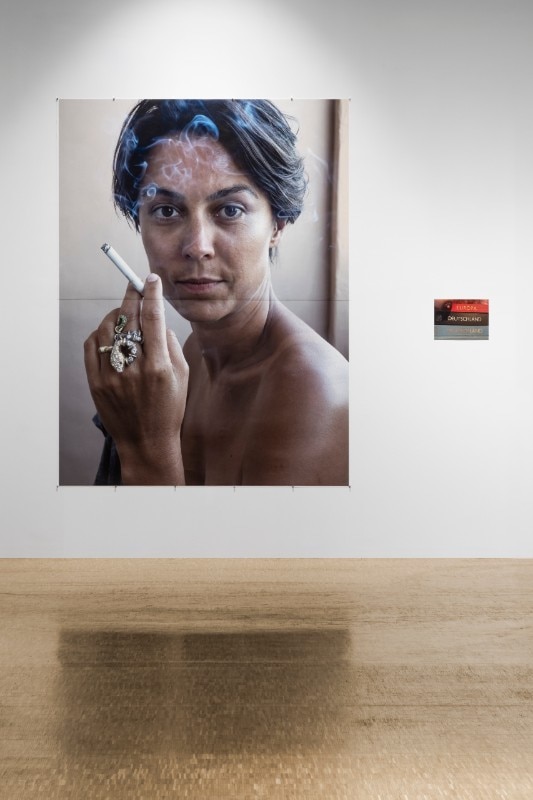
During those years, he captured the portrait of the singer Sinéad O’Connor accompanying the single Nothing Compares 2 U (1990), the back cover of Morrissey’s Bona Drag (1990), the iconic shots of Kurt Cobain on tour with Nirvana (1991), and the intimate photographs of singer Björk with her son (1993).
In August 1994, he achieved his first fashion cover by photographing the then twenty-year-old Kate Moss for British Vogue.
The Revolution, Indeed
In 1996, he photographed the supermodel Kristen McMenamy nude, with the word Versace drawn on her chest in red lipstick. The light falls on her translucent skin, highlighting the imperfections of a body typically conceived as the epitome of perfection. With the portrait of McMenamy, more real than reality itself, Teller inaugurated his raw aesthetic.
I don’t care about fashion at all. And I know it’s kind of a dodgy thing to be a fashion photographer, a kind of pathetic occupation, but I like it, even though I question it.
Juergen Teller
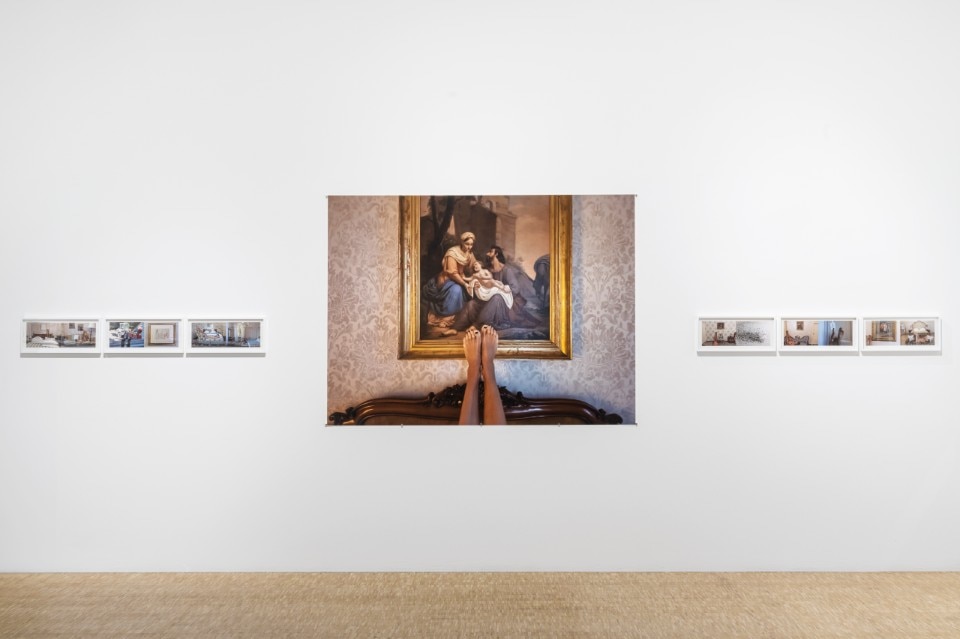
In 1998, the Photographers’ Gallery in London organized the first major solo exhibition dedicated to his work.
At the height of his success, he directed the short film Can I Own Myself with Kate Moss, created the advertising campaign for Calvin Klein’s fragrance Eternity, and began a collaboration with the American brand Marc Jacobs, whose identity would be strongly influenced by Teller’s work.
With Go-Sees, he created a diary-like work that collected hundreds of portraits of models who visited his studio between May 1998 and 1999.
I always work with two cameras. It’s kind of like I’m hypnotizing the subject with the flashing. It’s a bombardment of action, flashes, and I think it helps them to ease into the process.
Juergen Teller
In 2003, he won the prestigious Citibank Photography Prize.
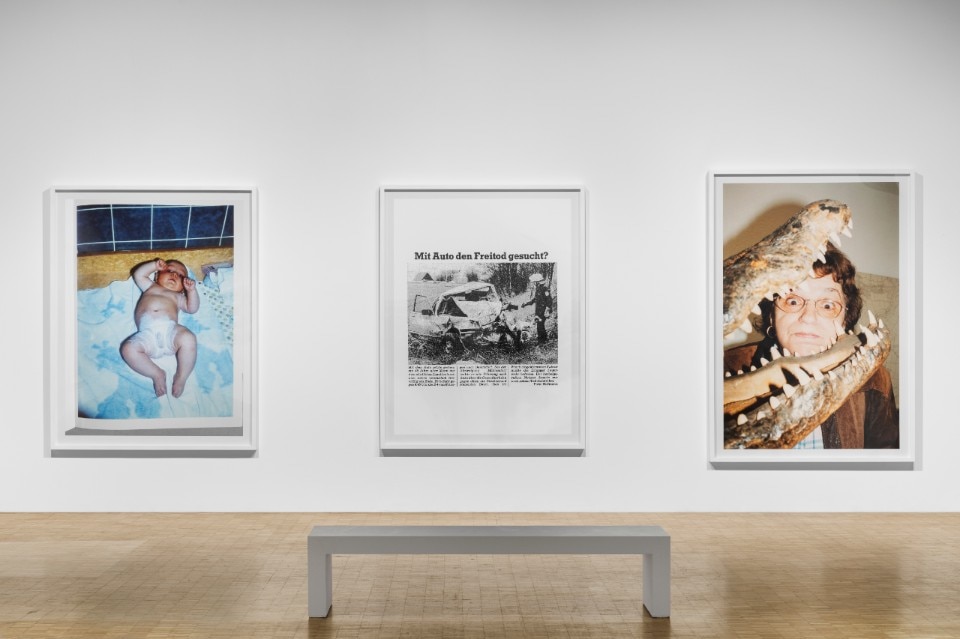
A Provocateur, between Success and Scandal
In 2004, he chose to appear on the other side of the camera. He played the lover of the 65-year-old actress Charlotte Rampling in Marc Jacobs’ Spring 2004 campaign. Teller posed half-naked in a room at the Crillon Hotel in Paris, squeezed into a pair of too-small silver shorts. The shot of him in bed sucking on Rampling’s toes circulated worldwide, but it was not enough for him.
In the following months, the couple produced the other 28 shots that make up Louis XV, a series that challenges the viewer’s modesty by grotesquely exaggerating arrogance and lust.
I take everything very seriously, but I do it in a playful way.
Juergen Teller
He surpassed his own provocative skills in the same year when he created the famous Strenesse campaign in which tennis player Boris Becker dragged Claudia Schiffer across the floor.
Pushing celebrities out of their comfort zone becomes Teller’s modus operandi, confirmed by the spring-summer 2008 Marc Jacobs campaign in which Victoria Beckham’s head and feet popped out of a huge, branded shopping bag.
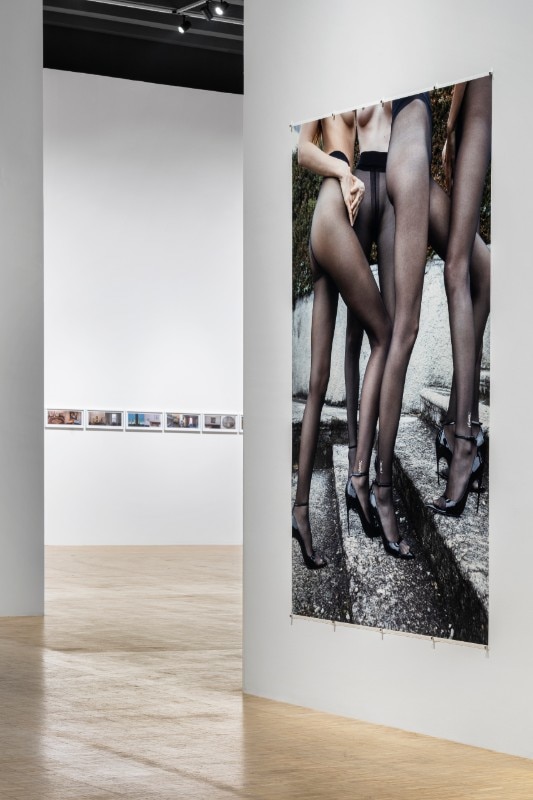
In summer 2009, Vivienne Westwood launched her latest campaign in which she posed for him alongside Pamela Anderson. Election Day documented the new collection, as well as the reactions of the two women to Barack Obama’s election campaign.
I have a way of opening up people and gaining their trust. I think they can see my vulnerability because I’m unafraid to admit if something doesn’t quite work.
Juergen Teller
He once again caused a scandal with the advertising campaign for Marc Jacobs’ fragrance Oh Lola! (2011) in which fourteen-year-old actress Dakota Fanning clutched a giant perfume bottle between her thighs. The images were banned by the Advertising Standards Authority as they were considered indecent.
In June 2012, he published the monograph Keys to the House – a collection of 100 photos taken inside and around his home in Suffolk. They show landscapes, portraits of family and friends, including a portrait of Lily Cole floating like Ophelia in a river of mud and Vivienne Westwood leaning on a red Mercedes Benz.
In January 2013, the Institute of Contemporary Arts in London inaugurated a retrospective of Juergen Teller’s work titled Woo.
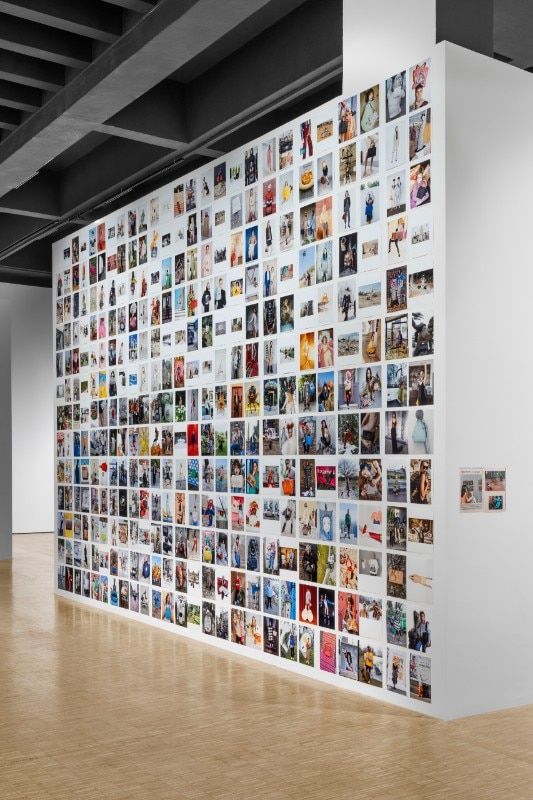
A Brutal Look at the World
In 2021, he published the book Donkey Man and Other Stories which collects the most famous editorials and their outtakes (including those featuring Courtney Love, Cindy Sherman, Marc Jacobs, Victoria Beckham, and Björk).
That same year, he collaborated with his wife, Dovile Drizyte, continuing the project started with We are building our future together – a collection in which the couple appears on construction sites, disguised as construction workers, literally building their future together. The Myth reflects the later stage of their relationship, playfully interpreting the myth of fertility. 97 photographs – as many as the hotel rooms in which they were taken – depict Drizyte with her legs up after intercourse.
In 2024, Triennale Milano dedicates the most extensive retrospective ever organized on the photographer’s work, realized with the support of Saint Laurent by Anthony Vaccarello. The exhibition showcases around 1000 works: photographs from the first half of the 1990s to today, videos, and artist books. The selection, different and complementary to the exhibition hosted the previous year at the Grand Palais Éphémère in Paris, offers the viewer the opportunity to look at the world through the brutal and honest gaze of the photographer.
The photos used for this article were kindly provided by Triennale Milano.


